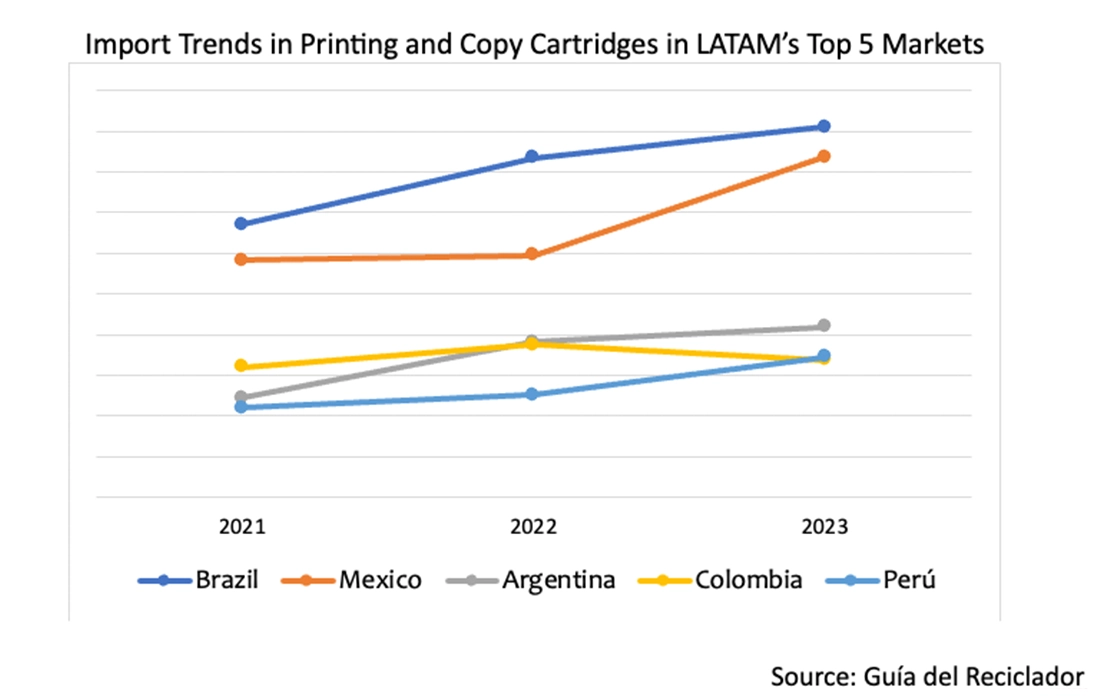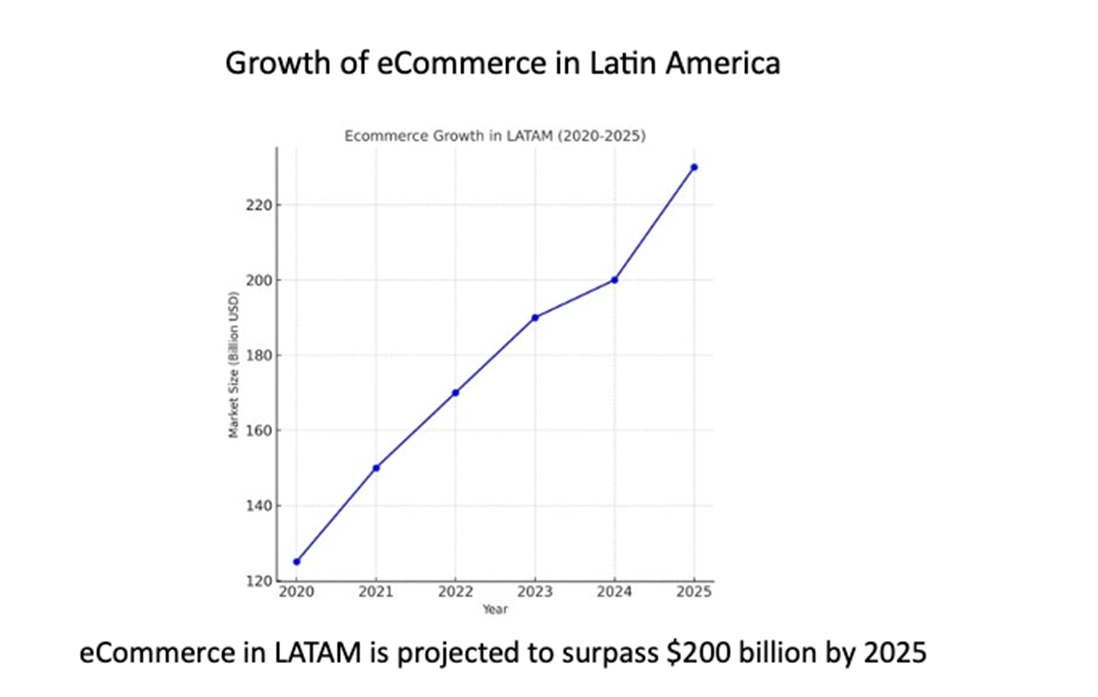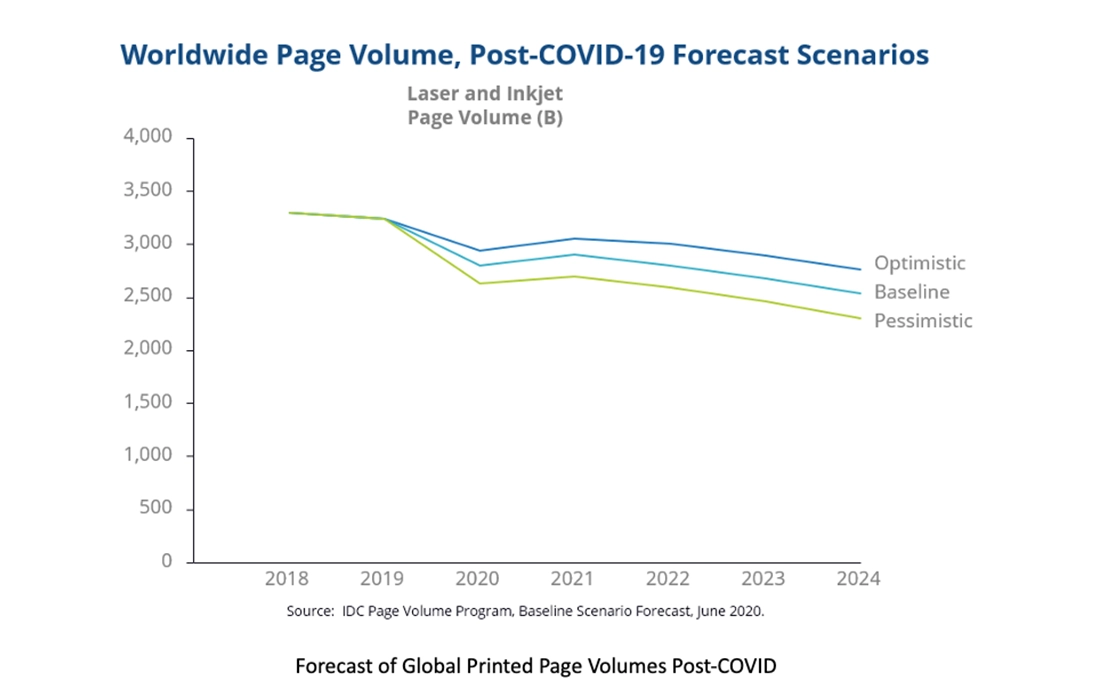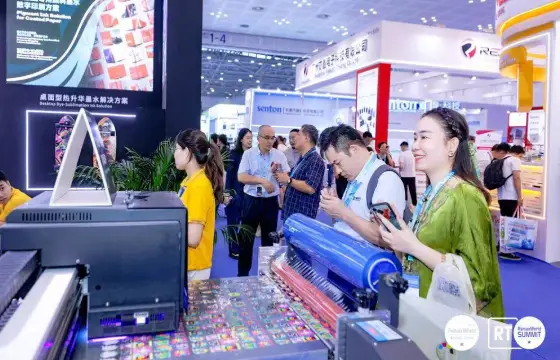Market Analyst Shares Key Insights for Latin America in 2025
Over the past 18 months, I organized ten international events in 9 countries across three continents (America, Africa, and Asia/Middle East).
These events were attended by over 800 big buyers from more than 500 companies in the sector, representing 28 countries. It’s hard to count the number of calls I made to invite each participant (many of you witnessed this effort). I estimate there were about 3,500 communications—an unprecedented marathon in my 22 years with Guía del Reciclador.

Was the effort worth it?
Undoubtedly, the results of these events were outstanding. However, what I value most is the opportunity to speak with each participant and learn their perspectives on the current and short-term future of the business. Despite the unique economic, political, monetary, customs, and regulatory challenges of each market and cultural differences, a surprisingly consistent analysis of the scenario emerged.
Here are my observations:
Current Growth Drivers
There are three fundamental factors driving sector growth today:
- Demand for cost-effective, remanufactured, and compatible supplies
- Expansion of printing services (MPS, rentals, CPP)
- Increasing consumer acceptance of high-quality alternatives to OEM products (equipment, supplies, and services)
In 2023, aftermarket consumables were estimated to have represented between 25% and 30% of the total market share. Although the industry hasn’t regained pre-COVID volumes, a recovery has been underway since 2020 in the five main continental markets for importing original, as well as third-party printing and copying cartridges.


Additionally, two trends have contributed to this recovery. First, the growth of eCommerce in the region continues to boost sales year by year. While price competition in these channels is fierce, it presents an opportunity for many SMEs to reach new consumers through e-commerce platforms.
Second, the transition of the Aftermarket business from supply-focused companies to service-based companies—offering supplies and equipment (new, used, and rental)—has opened an intriguing avenue for growth.
Today, it is rare to find sector firms that exclusively sell products, as this business model appears to be disappearing.
Upcoming Challenges
Not everything is smooth sailing. Alongside the global decline in print volumes, the Latin American aftermarket faces unique challenges. The pandemic impacted everyone, especially OEMs, which began bypassing distributors to engage directly with end consumers to reclaim lost ground. The fight for the base of the consumer pyramid has introduced more players, further shrinking margins.

The Latin American aftermarket is now mature and composed of companies with many years of experience in the business. This consolidation has resulted in highly competitive and professional firms, many competing for the same customers (a historic challenge in the sector) and operating on narrow profit margins. Compatible products, generally from China, have reached acceptable quality standards at competitive prices, limiting further cost reductions without compromising the quality sought by business owners.
There is also a growing sense of an impending generational shift that will drastically affect printing habits. While this transformation seems inevitable, its trajectory remains unclear, presenting a key consideration for the sector’s evolution.
Opportunities and Transformations
Not all the news is negative. Several opportunity areas continue to guide the aftermarket, some of them interconnected:
- MPS & Outsourcing: Despite claims that its days are numbered, print services remain a significant driver. Whether through MPS, CPP, or simply renting or selling equipment with supplies, this model has given the sector a much-needed boost in recent years.
- Refurbished and Remanufactured Equipment: The sale and placement of used equipment is a clear regional trend, bolstered by the print and copy services business, enabling access to traditionally challenging market segments.
- Growth of “Other” OEMs: The above trends have driven the inclusion of non-traditional brands into the aftermarket channel. Brands like Ricoh, Kyocera, and Konica Minolta have grown significantly in the region, alongside emerging Chinese brands like Pantum.
- Equipment and Parts Repair: The growth of print services has also spurred the demand for parts to meet repair needs.
- Inkjet Business: Inkjet devices with integrated tanks were among the pandemic’s biggest winners. Epson led this niche, followed by Canon, HP, and Brother. While growth has slowed due to market saturation, the segment still offers notable opportunities.
- Labels and Packaging: Some sector players have diversified into equipment and supplies for labeling and packaging, expanding their portfolios. While this trend currently serves a specific consumer segment, Latin American import volumes highlight a promising market worth exploring.
- Sustainable Printing: A niche market still values environmental responsibility and seeks eco-friendly solutions. Once a hallmark of remanufacturing promotion in the 2000s, sustainability efforts are now championed by OEMs. Stricter regulations in Europe and the U.S. drive a responsible circular economy, presenting a strategic opportunity for businesses to address these needs.
Rethinking the Question
A common theme among business owners I spoke with is the need to innovate. Incorporating new products and services to diversify perspectives and refresh future prospects is essential.
While initiating a new business venture comes with challenges and uncertainties, my advice is to rethink how you approach potential customers. Instead of asking, “What can I sell them?” consider asking, “What do they need to buy?” The answer might be closer than you think.
 Gustavo Molinatti graduated in Architecture from the University of Buenos Aires, Argentina. He is the editor of Guía del Reciclador, the leading Spanish-language media on printer cartridge aftermarket and printing solutions in Latin America. First published in 2002, it has released over 200 editions and organized more than 40 events in countries like Brazil, Mexico, Argentina, Colombia, Venezuela, Chile, Peru, Nigeria, Kenya and UAE. Guía del Reciclador also runs a blog, www.blogdelreciclador.com, and weekly newsletters. You can contact him at gmolinatti@guiadelreciclador.com
Gustavo Molinatti graduated in Architecture from the University of Buenos Aires, Argentina. He is the editor of Guía del Reciclador, the leading Spanish-language media on printer cartridge aftermarket and printing solutions in Latin America. First published in 2002, it has released over 200 editions and organized more than 40 events in countries like Brazil, Mexico, Argentina, Colombia, Venezuela, Chile, Peru, Nigeria, Kenya and UAE. Guía del Reciclador also runs a blog, www.blogdelreciclador.com, and weekly newsletters. You can contact him at gmolinatti@guiadelreciclador.comRead other articles by Molinatti:
- This article: Market Analyst Shares Key Insights for Latin America in 2025
- Global Logistics and Its Impact on Latin America
- The Growth of Inkjet: New Normal or Temporary Bubble?
- Revealing the True Latino Pioneering Spirit
- Show Me the Color in Latin America
- Remanufacturing Remains Viable in Latin America
- Price Quality or Service – or all Three?
- Vertical Integration in the Latin Aftermarket: the Next Step?
- Adapting to New Normality or a Paradigm Shift?
- Can Latin America Manufacture its own NBCs—and be Profitable?
- HP Blocks Online Sale of Aftermarket Cartridges
- Remembering when Product Sales Increased
- Confronting Market Challenges and Opportunities










Leave a Comment
Want to join the discussion?Feel free to contribute!